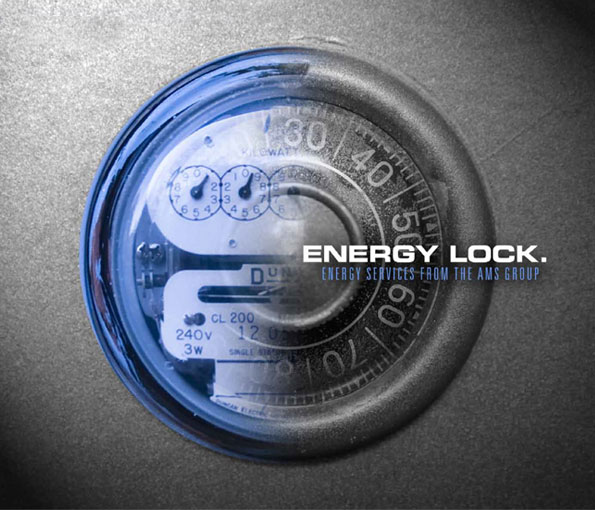Make Utility Rebates Part of Your Energy Improvement Efforts

By Jonathan Tan, VP Energy Services
The AMS Group, Hillphoenix
In the commercial building space, grocery stores rank #1 for energy intensity, using more energy per square foot than even health care facilities. As consumer demand for more fresh and frozen foods grows, energy intensity will too, with more store space devoted to refrigerated and freezer cases.
Improving energy efficiency is imperative to protect grocers’ already thin profit margins. End-use energy is the second highest operating expense after labor for food retailers, and the U.S. Department of Energy estimates that every dollar saved in electricity has the same impact on profit as increasing sales by $18.*
Fortunately there are ample cost-effective opportunities for improving energy efficiency and thus profitability in supermarkets and grocery stores. Such measures as store or system recommissioning, retrofitting open refrigerated cases with doors, installing anti-sweat heater controls, retrofitting freezers with low-heat doors, and upgrades for lighting and fan motors offer significant savings and quick paybacks. (To get an idea of the magnitude of potential savings from an energy upgrade effort that includes these measures see: Are Energy Upgrades Worth It to Grocers?)
Securing Utility Rebates for Energy Improvements
On top of the savings from strategic energy upgrades, state and local utility programs offer rebates and other incentives that lower the cost of an energy efficiency project. In fact, at Hillphoenix, we have customers who have retrofitted open refrigerated cases with energy efficient doors at no cost after applying utility rebates. Incentives won’t always provide this level of impact, but they are there for the taking and grocers should be benefiting from them.
Incentive programs vary from state to state, region to region. Knowing what’s available, navigating the application and approval process, and coordinating these logistics with those of in-store projects can be time consuming – even daunting – for retailers whose primary business is to merchandise and sell groceries.
Working with a full-service contractor who specializes in energy improvements in grocery stores eases the process and ensures food retailers are taking full advantage of incentives. Along with being experienced in securing rebates and incentives, a contractor should be knowledgeable in the energy-efficient technologies that qualify for incentives, and be able to recommend high-impact, cost-effective improvements that are right for a given store.
The Energy Services team at Hillphoenix works with grocers to provide the level of service that’s right for them. This can range from an initial energy audit and identification of applicable incentives to managing and executing an energy-efficiency project from start to finish. A turnkey solution like this offers grocers maximal return on investment and a seamless energy-efficiency project.
*It’s often cited that saving $1 in energy is equivalent to increasing sales by $59. While the DOE has reported that equivalency in the past (see the ENERGY STAR Building Manual), the value has recently been revised to an $18 increase in sales.